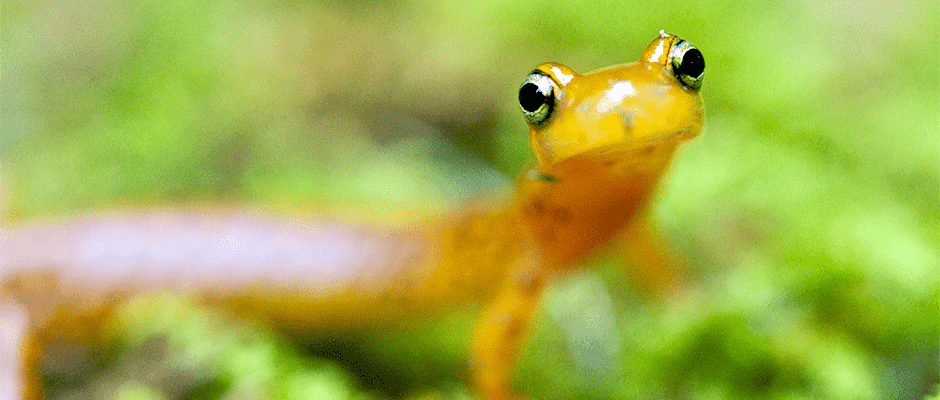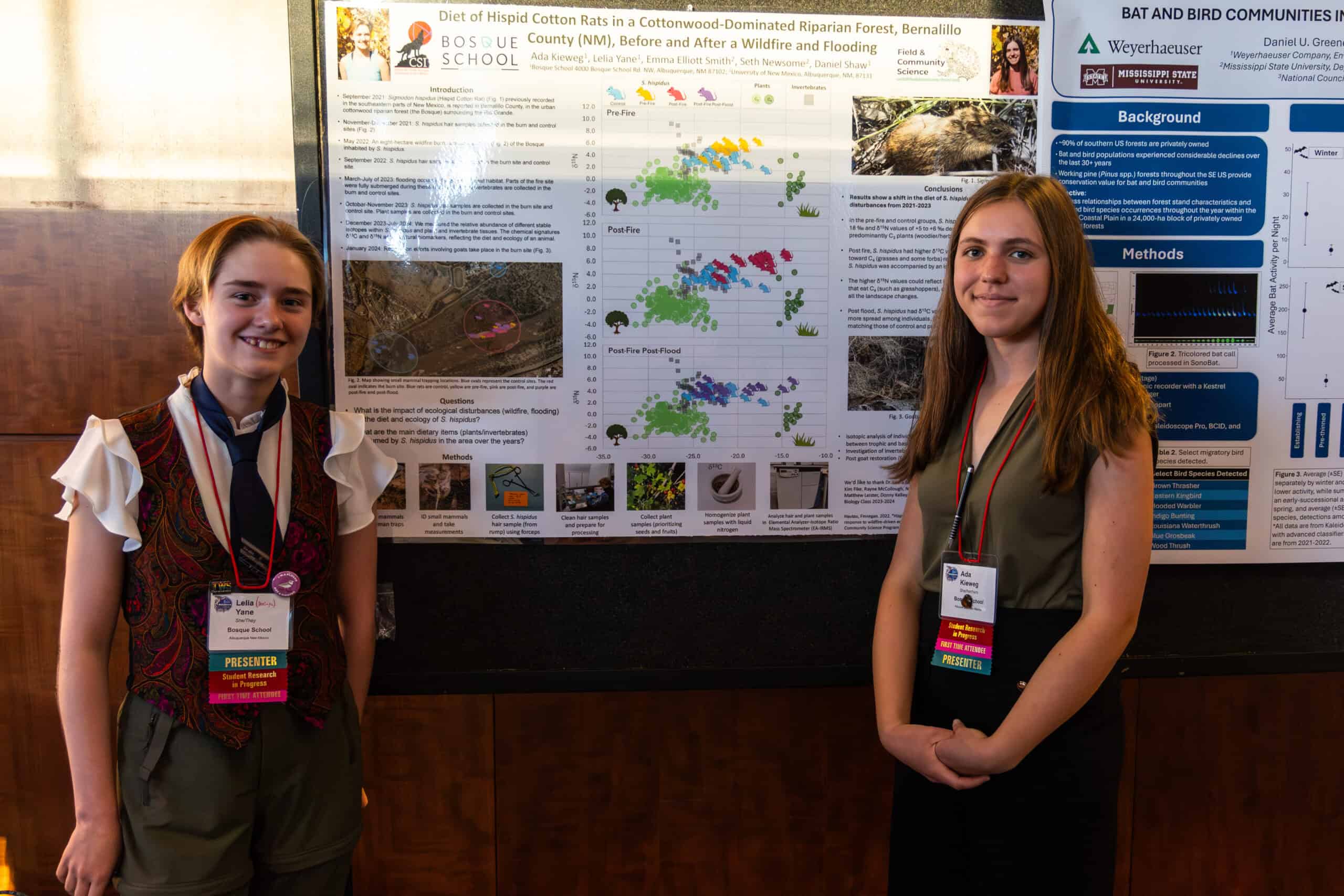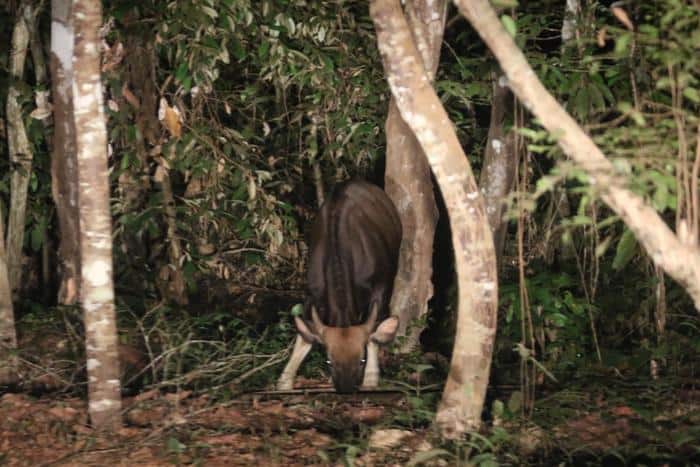Share this article
Ban on Salamander Trade to Prevent Spread of Lethal Disease
A fungus is spreading among European wildlife, killing nearly 100% of its hosts within about seven days, and a new rule under the Lacey Act is aiming to stymie the problem before it arrives in the United States. A group of amphibians referred to as salamanders – those in the order Caudata – are at risk of being infected with a fungus called Batrachochytrium salamandrivorans, commonly known as Bsal. Similar to the fungus referred to as chytrid, or Bd, Bsal targets salamander skin cells. It causes lesions which fester and, in almost every case, result in the death of the host.
The United States is the world leader in salamander diversity, with 190 native species. In the United States, 87 species have been evaluated and over three-quarters of them are potential carriers. Bsal itself has not been detected in the United States either because it has not arrived or because it has not yet been observed and identified. Since it is more practical and less costly to prevent the spread of disease rather than control and eradicate it once it has spread, the FWS is prohibiting the importation and transportation of several species of salamanders into and within the U.S., with a few permitted exceptions.
Under the Lacey Act, the U.S. Fish and Wildlife Service can regulate a variety of wildlife taxa, including amphibians, if they are found to be injurious to human beings, to the interests of agriculture, horticulture, forestry, or to wildlife or the wildlife resources of the United States. Bsal and salamander species were reviewed under specific evaluation criteria developed by the U.S. Fish and Wildlife Service and were determined to be a significant threat to wildlife and wildlife resources. Thus, all 20 of the 68 worldwide genera of salamanders have been listed and their movement into the U.S. and between states will be prohibited when the rule takes effect on January 28th, 2016.
The U.S. Fish and Wildlife Service estimates that this rule will prevent the import of about 228,000 salamanders and will cost the pet industry $3.8 million annually. Some are opposed to the rule because it covers species which have not been determined to carry the fungus, and because it will continue to apply even if effective testing and treatment for Bsal become established. In its rule, the U.S. Fish and Wildlife Service claims that this preventive measure is far less costly than the potential ramifications of a Bsal outbreak in the United States.
Because this situation is considered time-sensitive, an interim rule will go into effect 15 days after publication (which was on Jan.13, 2016) and a final ruling will be made after a 60 day public comment period. Comments can be made online or with a hard copy by Mar.14, 2016, and will be reviewed in preparation for the final rule.
Clarifications regarding the prohibition on salamander importation were made to the article on January 27, 2016 and February 1, 2016.
Header Image: ©Ryan Hagerty, U.S. Fish and Wildlife Service








